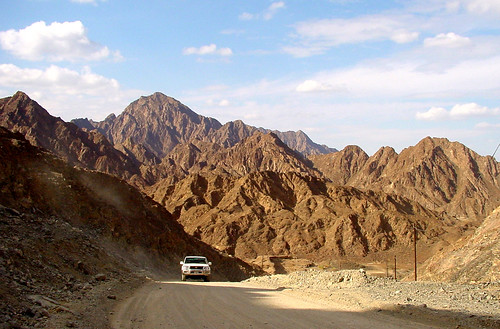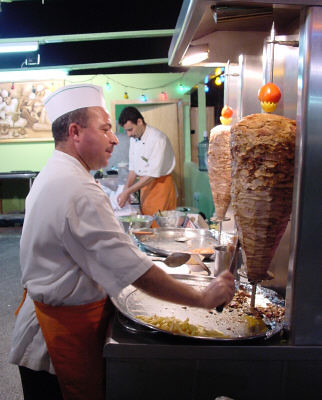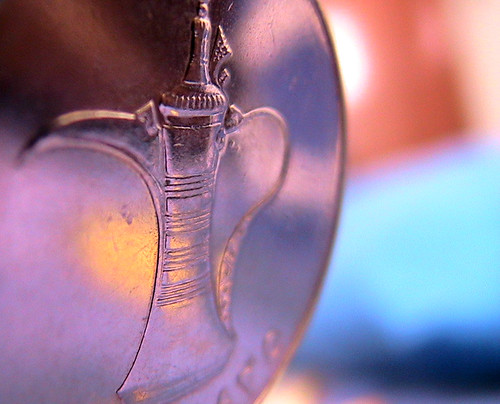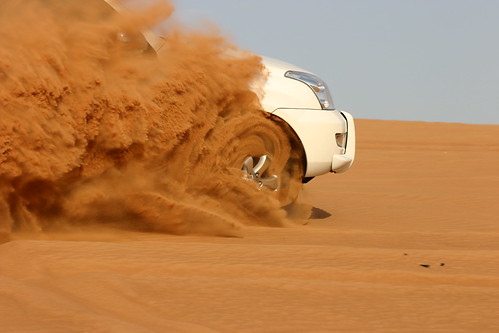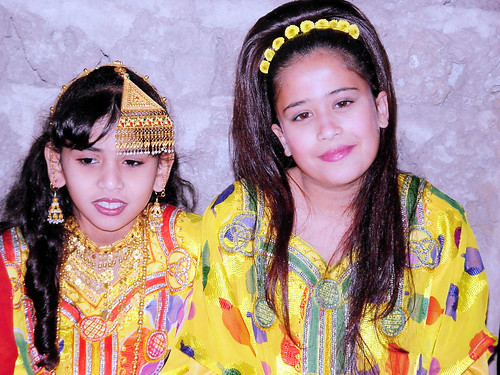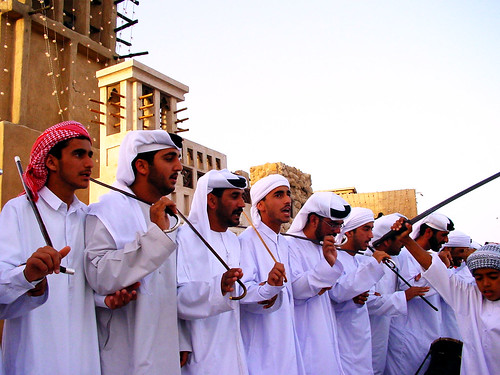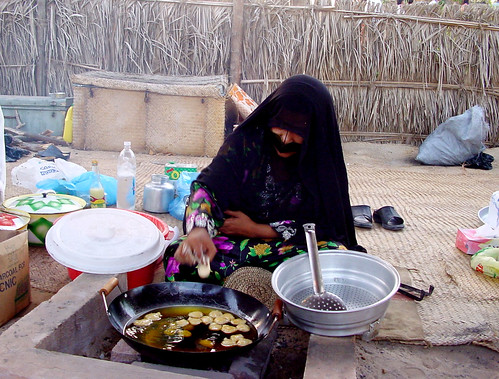Alcohol: While alcohol is served at restaurants mostly located in hotels, it can also be purchased at the Arrival Duty Free store in Dubai International Airport or with a special permit valid for non-Muslim residents only. Dubai operates a zero tolerance policy to driving under the influence of alcohol.
Currency and credit cards: The official currency of the UAE is the Arab Emirates Dirham (AED or Dhs). Each Dirham is divided into 100 fils and is held constant against the US Dollar at an average of 3.67. All banks operate from 8.00 am to 1.00 pm, Saturday through Wednesday and 8.00 am to 12.00 noon on Thursdays. Currency exchange houses are open until late in the evening. All international credit and debit cards are widely accepted. Currency Converter
Dress code: Visitors are free to dress according to their personal choice. Dress sensibly, without wearing too much revealing clothes in public places or places of worship. Shorts and skirts are acceptable for ladies. Most Emirati men and women still choose to wear the traditional national dress. Lightweight summer clothing can be worn for most of the year, but the temperature can drop quite sharply at night during the winter.
Electricity: The standard electricity supply is 220/240 volts. American appliances may need a transformer.
Hospitality: Dubai is extremely well known for its warm hospitality and rich cultural heritage, and the Emirati people are welcoming and generous in their approach to visitors.
Languages: While Arabic is the official language, English is very widely spoken, especially in business. Given the large size of the expatriate population, several other languages are also used in everyday life, headed by Hindi, Urdu and Farsi.
Photography: Photography of buildings and sights is widely acceptable. Local people, especially the women, do not take kindly to being photographed without their prior permission. In general, it is best to avoid taking photographs (or video footage) of any individual in a National Dress.
Safety and security: Dubai is a very safe city for visitors and residents alike, with minimal chances of untoward events. However, locking your car and minding your personal belongings is always recommended.
Visa regulations: Travellers holding passports with a right of residence in the following countries can get a visa on arrival at Dubai International Airport - a visit visa valid for 60 days is stamped directly in your passport by immigration officials:
Andorra, Australia, Austria, Belgium, Brunei, Canada, Denmark, Finland, France, GCC Countries, Germany, Great Britain, Greece, Hong Kong, Iceland, Ireland, Italy, Japan, Liechtenstein, Luxembourg, Malaysia, Monaco, The Netherlands, New Zealand, Norway, Portugal, San Marino, Singapore, South Korea, Spain, Sweden, Switzerland, USA, Vatican City
